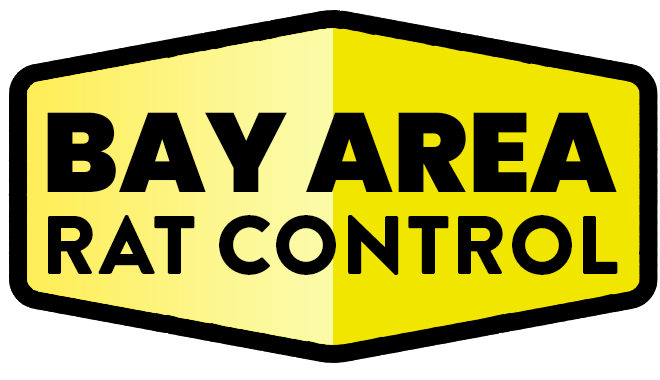Opening Thoughts
Understanding the life cycle of urban rats is a crucial step in implementing effective control strategies. These resilient pests thrive in urban environments, often undetected until they pose significant problems. By delving into their developmental stages, breeding habits, and survival tactics, we can equip homeowners, businesses, and property managers with the knowledge needed to combat infestations proactively.
The Life Cycle of Urban Rats
Stage 1: Birth and Early Development
- Gestation and Birth: Female rats have a short gestation period of about 21-23 days, allowing them to reproduce rapidly. A single litter can consist of 6-12 pups.
- Neonatal Phase: Newborns are blind, hairless, and completely dependent on their mothers. This phase lasts approximately 10-12 days.
- Weaning: By 3-4 weeks, young rats are weaned and begin exploring their environment independently, marking the start of their foraging behavior.
Stage 2: Juvenile Stage
- Rapid Growth: Juvenile rats grow quickly, reaching sexual maturity within 5-8 weeks. During this period, they develop the physical and behavioral traits needed for survival.
- Social Integration: Young rats establish their roles within the colony, learning from older members how to find food, evade predators, and navigate urban landscapes.
Stage 3: Adulthood
- Breeding Potential: Once mature, female rats can produce up to 7 litters annually under ideal conditions, making them prolific breeders.
- Territorial Behavior: Adult rats establish and defend territories, especially in resource-rich areas. This behavior can lead to aggressive encounters with other colonies.
- Lifespan: In the wild, rats typically live 1-2 years, though their life expectancy is significantly shorter in areas with active pest control measures.
The Role of the Environment in Rat Survival
Urban Advantages
- Abundant Resources: Urban settings provide rats with plentiful food and shelter, from garbage bins to sewer systems.
- Adaptability: Rats exhibit remarkable adaptability, thriving in diverse environments, including homes, restaurants, and warehouses.
Challenges to Survival
- Predation: Natural predators like cats, birds of prey, and snakes play a role in controlling rat populations.
- Human Intervention: Pest control measures, including traps and poisons, are critical barriers to unchecked rat growth.
Key Insights for Rat Control
- Timing Is Critical: Targeting rats during the juvenile stage can prevent them from reaching reproductive maturity.
- Understanding Nesting Habits: Identifying and eliminating nesting sites disrupts the life cycle and curtails population growth.
- Continuous Monitoring: Regular inspections and proactive measures are essential in high-risk areas, particularly in urban settings.
Practical Tips for Managing Urban Rats
- Eliminate Food Sources: Secure garbage bins, store food in sealed containers, and clean up crumbs or spills immediately.
- Seal Entry Points: Inspect your property for gaps, cracks, or holes and seal them to prevent access.
- Use Traps Strategically: Place traps near nesting areas or along walls where rats are known to travel.
Final Thoughts
The life cycle of urban rats is a testament to their resilience and adaptability. However, with targeted knowledge and proactive measures, we can disrupt their reproduction and survival. By understanding their behaviors and vulnerabilities, homeowners and businesses alike can take effective steps to mitigate the risks posed by these persistent pests.
Relevant Links/Sources:
Understanding Rats and Their Habits – CDC
Life Cycle of Rodents – PestWorld
Controlling Urban Rat Populations – EPA
